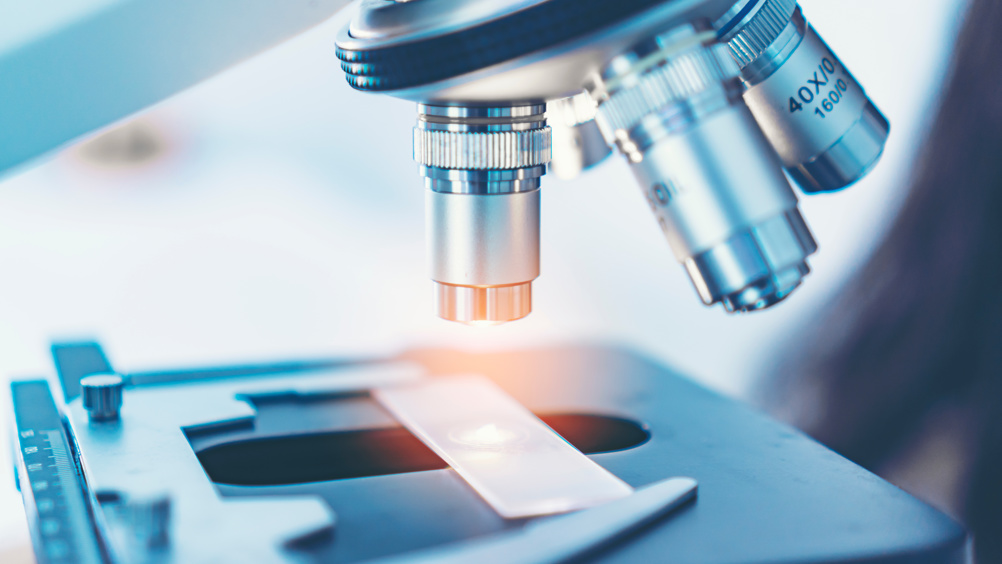References
Determination of the effectiveness of Dorema ammoniacum gum on wound healing: an experimental study

Abstract
Objective:
For a long time, natural compounds have been used to accelerate wound healing. In this study, the topical effects of ammoniacum gum extract on wound healing were investigated in white male rats.
Method:
Following skin wound induction in aseptic conditions, 48 Wistar rats were divided into six equal groups; phenytoin cream 1% (standard), untreated (control), Eucerin (control), and 5%, 10% and 20% ointments of Dorema ammoniacum gum extract (treatment groups). All experimental groups received topical drugs daily for 14 days. The percentage of wound healing, hydroxyproline content, histological parameters, and growth factors (endothelial growth factor (EGF), platelet-derived growth factor (PDGF), vascular endothelial growth factor (VEGF) and transforming growth factor (TGF)-α) were measured in experimental groups.
Results:
The areas of the wounds in the treatment groups were significantly decreased compared with the wound areas of control groups at 5, 7 and 10 days after wounding. On the 12th day, the wounds in the treatment groups were completely healed. Hydroxyproline contents were significantly increased in the treatment groups compared with the control groups (p<0.001). In histological evaluation, the re-epithelialisation, increasing thickness of the epithelial layer, granulation tissue and neovascularisation parameters in the treatment groups showed significant increases compared with the control groups. Also, serum levels of TGF-β, PDGF, EGF and VEGF in the treatment groups were significantly increased compared to the control groups.
Conclusion:
The topical application of ammoniacum gum extract significantly increases the percentage of wound healing in rats and reduces the time of wound closure.
In pathology, a wound is a potentially challenging problem, and its early and late complications are a frequent cause of death. Many attempts have been made to reduce the burden of wounds, understand the physiology of wound healing and care by emphasising new treatments and developing technology to manage acute and hard-to-heal wounds.1,2
Wounds are a tissue injury that results in ‘loss of integrity of the epithelium with or without loss of underlying connective tissue’.3 Wounds can be a simple failure in the epithelial integrity of the skin or deeper, and can damage subcutaneous tissue or other structures such as tendons, muscles, vessels, nerves, parenchymal tissue and even bone.1
There are different causes and various classification criteria for wounds. Upon tissue damage, wound healing processes initiate and include four continuous, overlapping and carefully planned phases: rapid coagulation and haemostasis; inflammation; proliferation (mesenchymal cell differentiation, proliferation and migration); and proper angiogenesis and rapid re-epithelialisation of the wound site and wound reconstruction (with proper synthesis, cross-linking and collagen balance).1,4
Register now to continue reading
Thank you for visiting Journal of Wound Care's Silk Road Supplement and reading some of our peer-reviewed resources for healthcare professionals across Asia. To read more, please register today.
